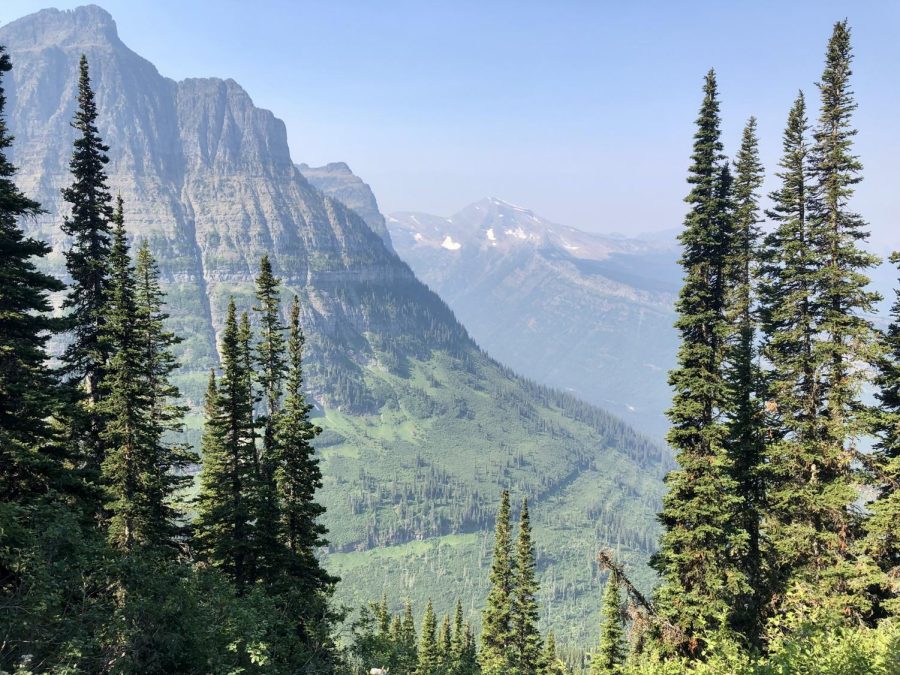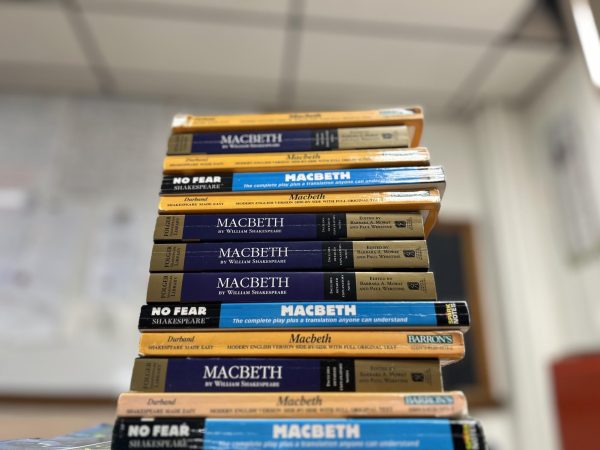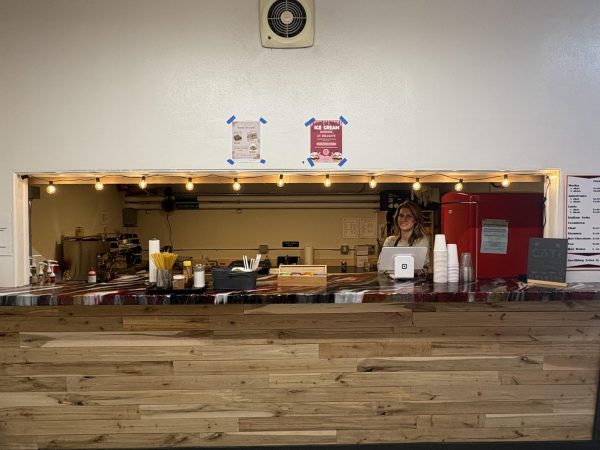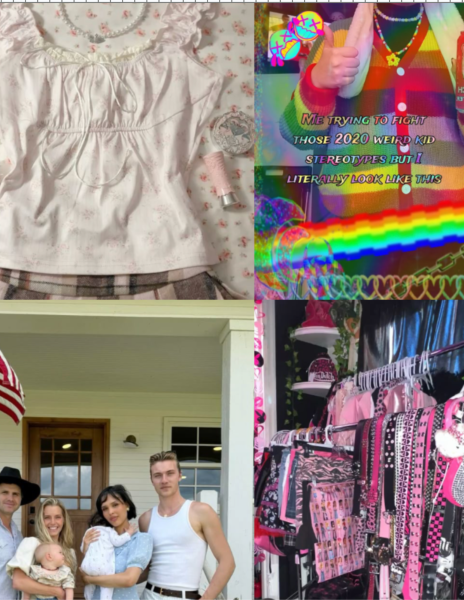The Climate is Changing, Why Aren’t We?
The first time I visited Glacier National Park, I was about four years old. Though I was young, I still remember the bright blue and green colors of the glacial runoff, the towering white capped mountain peaks, throwing snowballs in July, and most vividly, I remember my younger brother, Patrick, falling into Avalanche Creek. It’s memories like these that I hold onto most dearly. Well, not the part about my brother, he’s fine by the way, but I do care deeply about the beauty and preservation of Glacier National Park. Because I know that 10 years from now, Glacier just won’t be the same. In fact, according to the National Park Service, Glacier National Park is predicted to be glacier-free by the year 2030.
Climate change is a crisis that’s not just affecting our national parks but holds the future of our entire planet in its grasp. If we as a society don’t start working towards an effective solution soon, the damaging effects of climate change will become irreversible.
There are many ways we can fight the climate crisis. But I would argue that one of the most effective ways we can tackle this issue is through educating the public. Starting with our youth.
Lack of climate action has already had a negative effect on various industries. According to the Montana Wildlife Federation, “Visitors to Montana and residents alike will face hotter summers and a significantly longer fire season. Glacier and Yellowstone National Parks will see a dramatic decrease in visitation resulting in the loss of 3,300 jobs and $94 million in wages.” Because tourism is one of Montana’s largest industries, these effects could be detrimental to our local economy. If more people were equipped with accurate information and became knowledgeable about these negative effects, they could take action. Raising a generation of climate conscious citizens could help shift the course we are on, one informed decision at a time.
Climate change affects another one of Montana’s major economic drivers, agriculture. An article by Yellowstone Public Radio reports that since 1950, annual average temperatures in Montana have increased between 2 to 3 degrees Fahrenheit. This increase has led to severe drought across 98% of the state. Drought drives down hay production, increasing the cost and in turn has a detrimental effect on the cattle industry. During this past year many ranchers have been forced to sell off 20-80% of their herds before reaching full market value. Imagine if the next generation of farmers and ranchers came into the field educated about the effects of climate change and how to prevent them.
I understand that some people aren’t exactly passing time thinking about what kids are learning in school these days. However, I challenge those people to consider how my education will ultimately impact their future. Climate change is just as significant, if not more so, as any math or English class. If I need to know the Pythagorean theorem to graduate, I should also need to know why the island of Tuvalu is literally drowning due to rising sea levels. I should better understand why polar bears are at risk of extinction due to rapidly melting sea ice. I should learn about why we continue to experience longer and more intense natural disasters worldwide. We should all care about keeping education current and relevant. Because when we learn about those important issues, we become better equipped to take action.
The idea of integrating more climate education isn’t a new thought. Public support has been expressed, especially from students. According to the Brookings Institution, in the U.S. 80% of parents and 86% of teachers believe climate change should be taught in schools. High school student Maeve Lange said, “I think it’s incredibly important for students to stand up and vocalize their need for action.”
Students who are not receiving climate education in school are choosing to protest and take things into their own hands. Sarah Sriraman said, “We’re not educated enough to make demands of our politicians, of companies, of our school board.” Student protest organizers, like Sriraman, say education systems aren’t doing enough to teach kids about climate change.
Let’s think about the positive change that can come as a result of climate education. Education informs our actions, and action is what can lead to positive change. Whether it’s future policies, voting opinions, or the jobs we choose, we as the younger generation influence the future.
In the past, Montana legislation has tried to suppress climate education. For example, in 2019 there was a proposed Montana bill that would require public schools to teach that climate change is NOT caused by humans. Fortunately this bill was tabled, preventing the spread of misinformation in our schools. In contrast, countries such as Finland encourage climate education and it plays an important role in the curriculum of their schools. Finland will achieve carbon neutrality by the year 2035 while the U.S. likely won’t be able to reach carbon neutrality until 2050. I think it’s safe to say that there is a direct correlation between climate education and climate action in Finland.
Costa Rica is another country leading the way in climate education. Costa Rica set out to achieve carbon neutrality by 2021, and remarkably, they have achieved that goal. Veragua Rainforest in collaboration with University of Costa Rica is linking its scientific investigations and climate change research with new environmental education programs. Costa Rica prioritizes environmental education and integrates it into versatile research across the education system. Countries like Finland and Costa Rica are moving in the right direction, and American schools have a lot of catching up to do. According to the Brookings Institution, “Recent research shows that if only 16 percent of high school students were to receive climate change education, we could see a nearly 19 gigaton reduction of carbon dioxide by 2050.” Imagine if more students received climate education globally, we would be in a very different place today.
So what exactly can we do? We can follow in the footsteps of countries such as Finland and Costa Rica that are leading the way to well-founded climate education. According to an article by EducationWeek, there are three main ways to take action.
- Takeaway number one: increase awareness. There are many resources available that can be used to increase awareness about the immediate and long-term effects of climate change. Use them!
- Takeaway number two: Build relationships. Get to know the White House’s Environmental Justice initiative and the members of its council from your region. We must ensure these members know us—our school system leaders, advocacy organizations, youth, and parents—so that educational outcomes are part of the climate agenda.
- And finally, takeaway number 3, organize and act. Federal, state, and local education leaders must explore the local impact of climate change and direct greater funding towards improving our archaic school curriculum. Most importantly, education leaders should develop community wide climate priorities with youth, educators, parents and advocates.
Climate education is vital in the fight against climate change. We’ve discussed the importance of climate education and looked at examples of climate-focused education systems. We’ve established ways that people like you and me can take action and make an impact. Let’s keep in mind a long held principle of the Iroquois Nation; the decisions we make today should result in a sustainable world seven generations into the future. So who are those future decision makers? Current students are the future adults who will become the politicians who make sustainable policies. They are the entrepreneurs who will develop climate conscious companies. I am the future voter who will decide who is in office. We are the consumers who will make eco-friendly purchases.
In the future, I hope to continue to visit Glacier National Park and all the beauty it has to offer. The bright blue and green colors of the glacial runoff, the towering white capped mountain peaks, and of course, throwing snowballs in July. When I return to Glacier, I actually want to see the glaciers! I believe that if we change climate education, we just might change the climate.

Hi! I'm Sophia and I am a senior at Hellgate. This is my first year with the Lance and I am excited to share some stories this year. I enjoy running cross...





